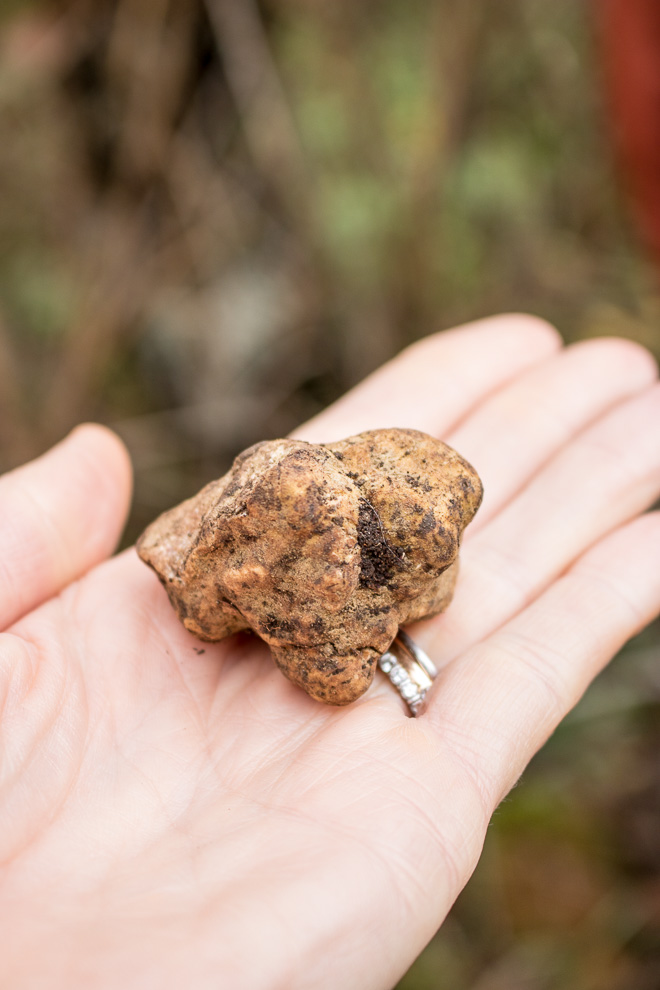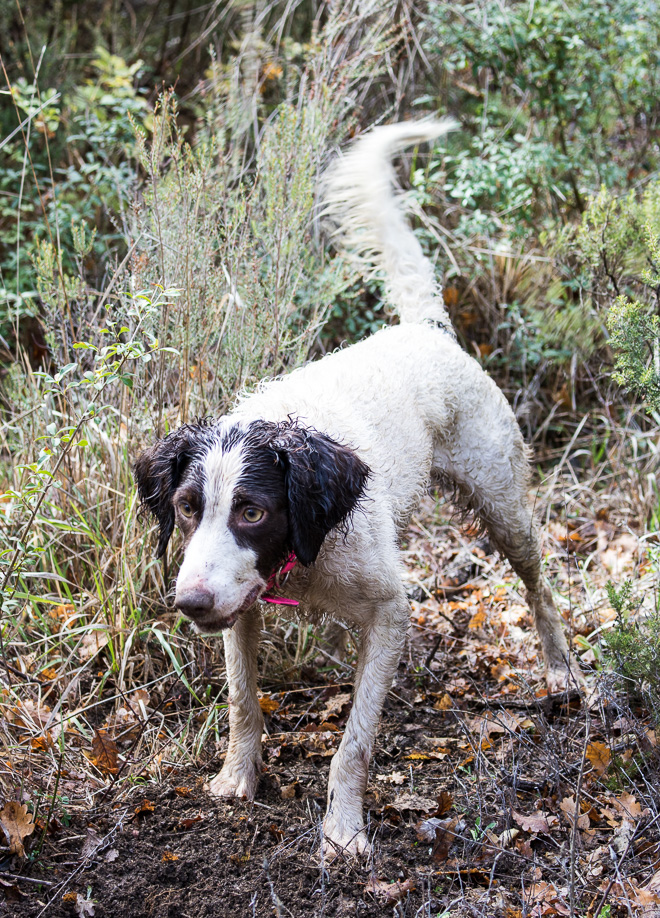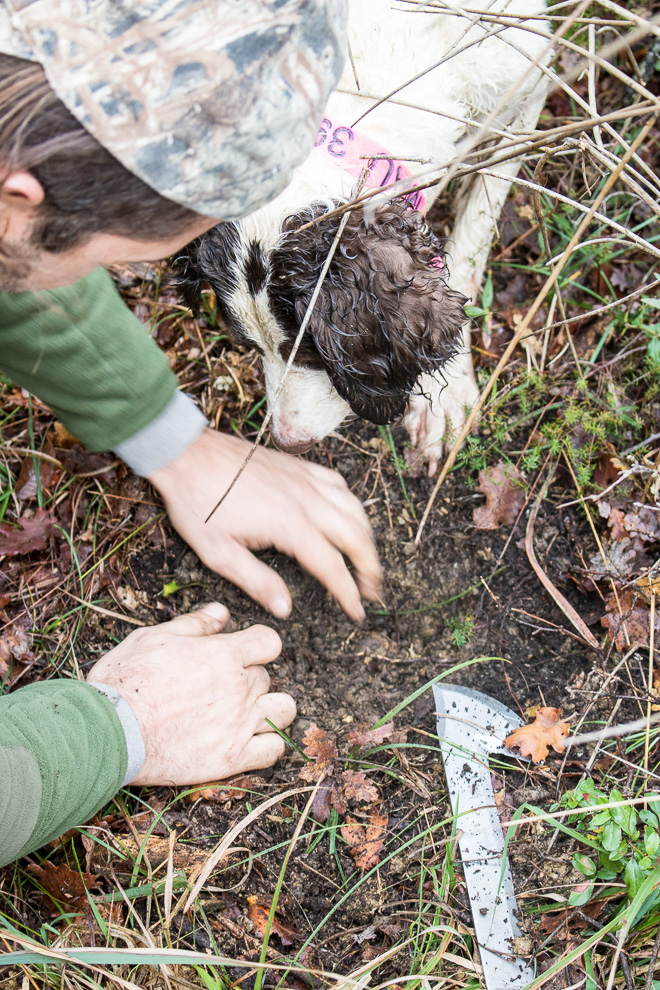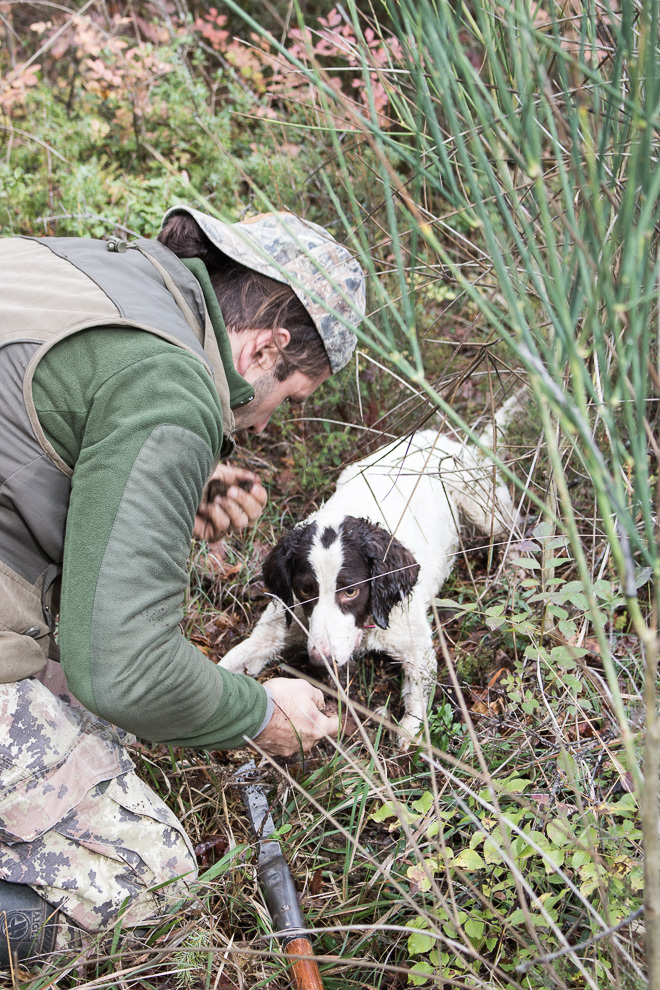“It is true that all men are pigs. The trick is to tame one who knows how to find truffles.” – Lev L. Spiro
“The truffle is the very diamond of gastronomy” – Jean Anthelme Brillat-Savarin
Following on the heels of my “My Favorite Dishes of 2017”, I thought I would spend some time on our white truffle hunt in Tuscany, after having received so many questions on the topic. I cannot claim any credit whatsoever for the experience, as it was organized by a friend who I feel has some of the best taste of anyone I know. So this post is dedicated to my sweet childhood friend, for having given us a gift that was an experience of a lifetime. And for those of you who were wondering, this is why I would recommend adding Truffle Hunting in Italy to your bucket list:
- Experience a different side of Tuscany.
The times I have visited Tuscany have been spent dashing around medieval villages in an attempt to take in as much culture as possible in a limited amount of time. Now picture a refreshing stroll through a forest in autumn just after the first cold snap. The sky is clear blue and the leaves are turning red, gold and brown. The afternoon we spent truffle hunting helped slow things down for me, to enjoy the surroundings, and to interact with Italians and witness their joy and love of food, which is so closely intertwined with their culture.


- It is home to the best white truffles in the world.
The most famous white truffle hunting is in the Piedmont region of Italy, near the city of Alba. However, many believe the Tuscan white truffle to be just as flavorful and a better value. Therefore, a growing number of truffle lovers are heading to the hills of Tuscany during the months of October to December. Should you find yourselves in Italy outside of the white truffle season, there is a winter black truffle season from December to March and a summer black truffle season from May to September.

- You hunt truffles with dogs and not pigs.
Professional truffle hunters in Italy (for one must have a license) guess at where the truffles might be found by judging the recent rainfall, topography and location of past truffle harvests. But most of all, they rely on dogs, rather than on the pigs of legend.
Pigs might have the sensitive snouts required for the job, but their use is banned in Italy because their rooting damages the truffles’ delicate mycelium, the web-like mass necessary for truffle reproduction. Plus, you could imagine it’s pretty risky to get between a 600-pound pig and a truffle. Not to mention, it is much easier to transport a dog in the back of a truck.
Dogs are trained with pieces of strong-smelling cheese, which are buried for them to find. Once a dog has proven worthy, the cheese is swapped for small truffles to sniff out. It is a long process, and only a small fraction make the cut.

- The truffle hunting dogs are impossibly cute (and not to mention talented).
For our group of 16 we had one truffle hunter and his dog Julia, or “Pazzo Julia” (Crazy Julia), as she was affectionately called. Julia was a cross-breed, most notably of the Segugio Italiano, which is of the scenthound family. With many years of training and descending from notable hunters, Pazzo Julia led the way through the bucolic woods where, near the roots of oak and beech trees, we hoped she would find the elusive prize. Our group followed closely, in anticipation for the moment where Pazzo Julia would settle on a spot and begin to dig. Massimo, our professional truffle hunter, would then step in quickly, excitement on his face despite having done this no doubt hundreds of times for pesky tourists like us. Using a digging blade called a vanghetta, Massimo would then dig out a small, unassuming block of culinary gold, its odor lingering on the fingertips and even the surrounding soil. We had a good day, finding 3 golf ball-sized truffles.



- Truffles are scarce and don’t have a long shelf life.
Truffles are one of the world’s most expensive foods, and the Italian white is the most valuable of the varieties. It is reported that a pound can go for approximately $3,500. The rarity, coupled with the difficulty in finding truffles and the expense in purchasing them, means imposters are rampant. Attempts to grow truffles in an artificial environment or from seed so far have failed.
So let’s say you have purchased one of these beauties….how do you store it? Conventional wisdom, and what I have always been taught, says you should store your truffle in rice. You can also wrap it in a paper towel (that is changed daily) or cover it in sand. However you keep them, they should be stored in an airtight container on the top shelf of your fridge. Moisture will encourage rotting so the key is to keep them dry. To clean, do not use water, but a dry cloth or brush. White truffles will keep around five days, and black will keep for over a week. They begin to lose their aroma the minute they leave the ground, so the best way to experience a white truffle is to eat them near the source. And that leads to my next point:
- Eating a meal with white truffles is a foodie’s idea of nirvana.
Avoid cooking a white truffle, which will dull its taste. Simplicity is key. Slice it very finely or grate it over baked or fried eggs, plain pasta or steak. The taste is surprisingly delicate. The smell, however, lasts for days.
Our afternoon ended at the Villa Cerna winery with an elaborate meal featuring truffles. I feel the photos speak for themselves. Buon apetito! xoM




All photos by Marci Symington for texAZtaste.com.










